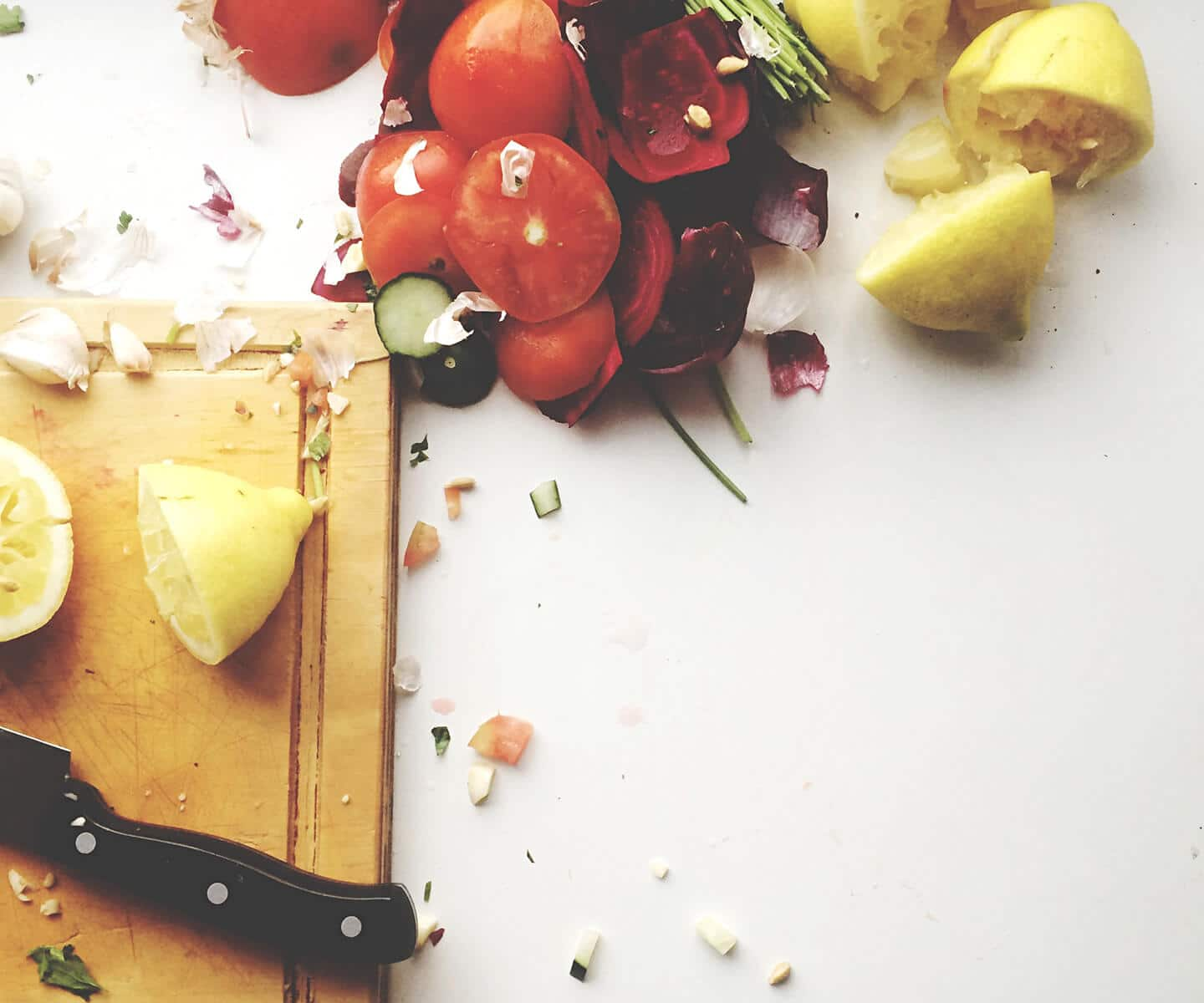Was tun mit Resten? Werden Sie kreativ!
Geschnittenes Gemüse, die Kartoffeln von gestern, ein halber Pudding – wenn Sie nicht aufpassen, füllt sich Ihr Kühlschrank mit Resten. Sie sollten Ihren Lebensmitteln immer eine zweite Chance geben, denn sie bieten Ihnen oft die Möglichkeit, kreativ zu werden. Überlassen Sie Reste nicht einfach dem Müll, sondern geben Sie sie in die Pfanne und zaubern Sie etwas Neues. Es kann eine Menge Spass machen, gemeinsam mit Familie und Freunden etwas aus Resten zu kochen!
Egal, welche Lebensmittel Sie übrig haben und für welchen Anlass Sie kochen, es gibt immer ein passendes Rezept. Aus Brotresten, Tomaten und Rucola lässt sich zum Beispiel ein köstlicher Panzanella zubereiten. Vielleicht können Sie auch ein gesundes Dessert zaubern, indem Sie übrig gebliebenes Obst zu einem Smoothie oder Obstsalat verarbeiten? Und die übrig gebliebenen Paprikastreifen lassen sich mit der halben Dose Mais und Reis von gestern zu einem leckeren Gemüsecurry kombinieren.
Sie haben noch Suppe von gestern übrig, aber nicht genug für eine ganze Portion? Kein Problem! Verwenden Sie den letzten Rest Suppe einfach als Sauce für Nudeln oder Pasta. Wenn das immer noch nicht reicht, fügen Sie ein wenig geschnittenes Gemüse und vielleicht ein wenig Gemüsebrühe hinzu.
In unseren Rezeptideen finden Sie weitere Anregungen für die kreative Verwertung Ihrer Reste.
